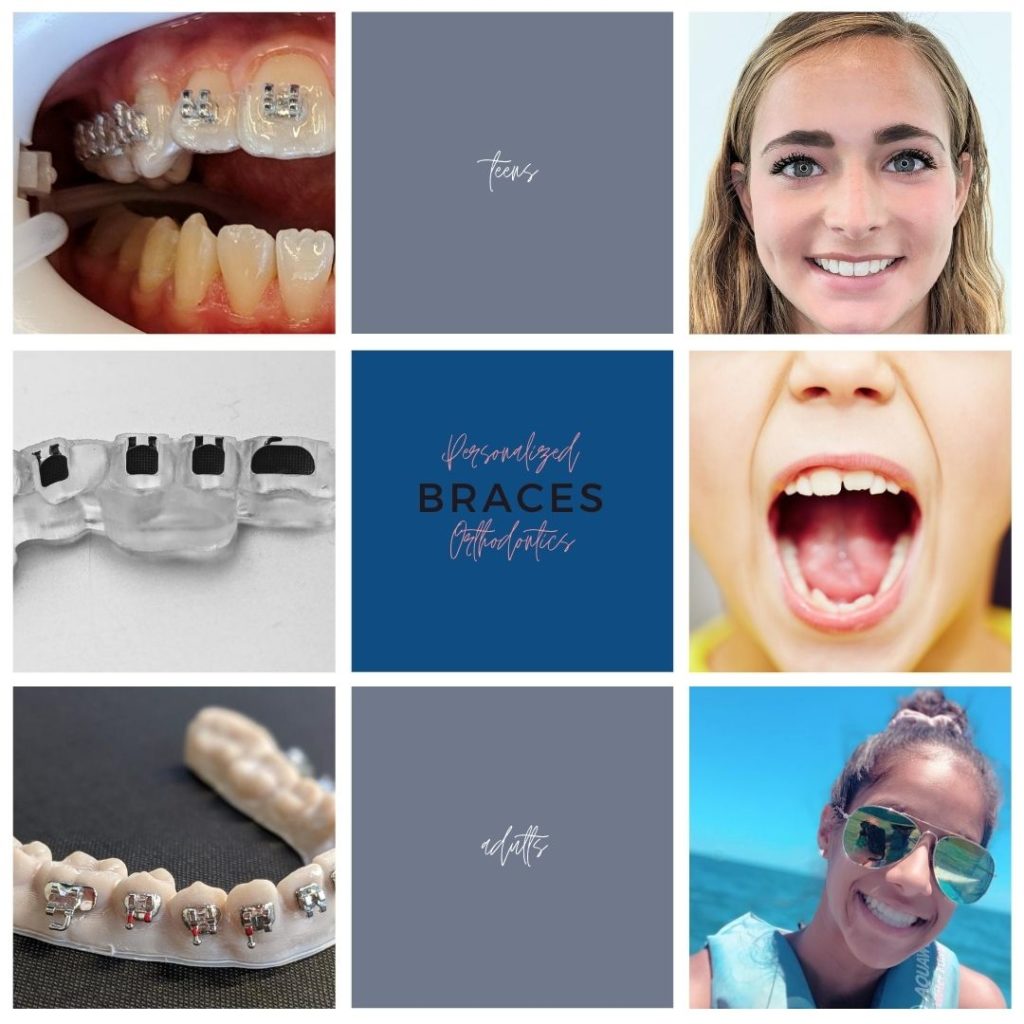The 3-Minute Rule for Legacy Orthodontics
The 3-Minute Rule for Legacy Orthodontics
Blog Article
The 20-Second Trick For Legacy Orthodontics
Table of ContentsUnknown Facts About Legacy OrthodonticsSome Known Incorrect Statements About Legacy Orthodontics Legacy Orthodontics Fundamentals ExplainedLegacy Orthodontics Can Be Fun For AnyoneThe Buzz on Legacy Orthodontics
At Advanced Orthodontics, we provide patients with a holistic treatment experience. On top of that, we offer adjustable therapy schedules, flexible payment alternatives and a fun, enjoyable experience. clear braces. Phone call ( 480) 357-4900 today to learn more and timetable a visit.An orthodontist is a dental professional educated to diagnose, protect against, and deal with teeth and jaw irregularities. Orthodontists work with individuals of all ages, from children to grownups.
Malocclusion, or misaligned teeth, can bring about oral issues, including tooth degeneration, gum tissue disease, and challenging or uncomfortable eating. But not everybody is birthed with straight teeth. If you have a poor bite or large rooms in between your teeth, you may wish to seek advice from a dental expert specializing in orthodontic care.
Little Known Facts About Legacy Orthodontics.
( Image Credit Report: DigitalVision/Getty Images) Orthodontists make use of repaired and detachable oral tools, like braces, retainers, and bands, to transform the position of teeth in your mouth. Orthodontic treatment is for dental irregularities, consisting of: Uneven teethBite issues, like an overbite or an underbiteCrowded teeth or teeth that are too much apartJaw misalignmentThe objective of orthodontic therapy is to enhance your bite.
While you could think of orthodontists as primarily for youngsters or teens that require braces, they can remedy oral issues at any type of age. Orthodontists attend college, dental institution, and orthodontic college.
, but not all dental practitioners are orthodontists. They concentrate on 2 locations: Just how to effectively and securely relocate teeth How to correctly assist growth in the teeth, jaw, and faceOnce an orthodontist has actually finished training, they have the alternative to come to be board accredited.
The Basic Principles Of Legacy Orthodontics
Imbalance, or malocclusion, is one of the most typical reason people see an orthodontist. It is genetic and is the outcome of size distinctions between the top and lower jaw or in between the jaw and teeth. Malocclusion leads to tooth congestion, a twisted jaw, or uneven bite patterns. Malocclusion is usually treated with: Your orthodontist affixes metal, ceramic, or plastic square bonds to your teeth.
If you have just small malocclusion, you might be able to make use of clear dental braces, called aligners, rather than traditional braces (https://www.openstreetmap.org/user/legacyortho). Some individuals require a headgear to help relocate teeth into line with pressure from outside the mouth. After braces or aligners, you'll need to put on a retainer. A retainer is a custom gadget that maintains your teeth in location.
They're frequently utilized on children. They can develop added area in the mouth without having to draw teeth. If you have a significant underbite or overbite, you might require orthognathic surgery (likewise called orthodontic surgery) to lengthen or shorten your jaw. Orthodontists use cables, medical screws, or plates to support your jaw bone.
You may require to see an orthodontist if you have: Crowding or otherwise sufficient room for every one of your teethOverbite, when your top teeth come by your base teethUnderbite, when your bottom teeth are also far forwardSpacing or issues with gapsCrossbite, which is when your top teeth fit behind your base teeth when your mouth is closedOpen bite or an upright space in between your front base and upper teethMisplaced midline, when the facility of your bottom and upper teeth do not line up Dealing with a dental malocclusion can: Make biting, chewing, and talking easierImprove the balance of our face and your general appearanceEase discomfort from temporomandibular joint disordersSeparate your teeth and make them easier to clean up, helping protect against dental caries or dental caries It's commonly a dentist that first notifications misaligned teeth throughout a regular test.
Getting The Legacy Orthodontics To Work

Throughout your very first YOURURL.com orthodontic consultation, you'll likely have: An oral examPhotos taken of your face and smileDental X-raysPanoramic (360 degree) X-rays of your face and headImpressions to produce mold and mildews of your teethThese tests will assist your orthodontist understand how to proceed with your treatment. leesburg invisalign. An orthodontist is a dental professional who's had training to treat your teeth and jaw
Orthodontists may do surgical treatment, exams,X-rays,and more to aid you achieve a much more comfy, much healthier smile. An orthodontist is concentrated on your bite, so something like a broken tooth would certainly be dealt with by a dentist. Orthodontists are dental professionals yet not all dental experts are orthodontists. Orthodontists are concentrated on your bite, or the way your teeth meshed, and the straightness of your teeth.
Ever before wondered exactly how stars constantly seem to have completely lined up teeth? Orthodontists are dental experts that focus on remedying irregularities in the teeth and jaws.
Getting The Legacy Orthodontics To Work

While braces are the most commonly recognized orthodontic treatment, orthodontists have a varied toolkit at their disposal. The particular method picked depends upon the extent of the situation, the individual's age, and specific choices. These reliable dental braces make use of a system of brackets bonded to the teeth and connected by wires.
Clear aligners, like Invisalign, are a popular alternative for people seeking a more discreet treatment option. These removable trays are personalized to gradually move the teeth's placement. Headgear might be utilized combined with dental braces or aligners to apply added targeted forces, especially for fixing jaw discrepancies. In situations of slim jaws, palatal expanders can be used to produce space for proper tooth placement.
Report this page